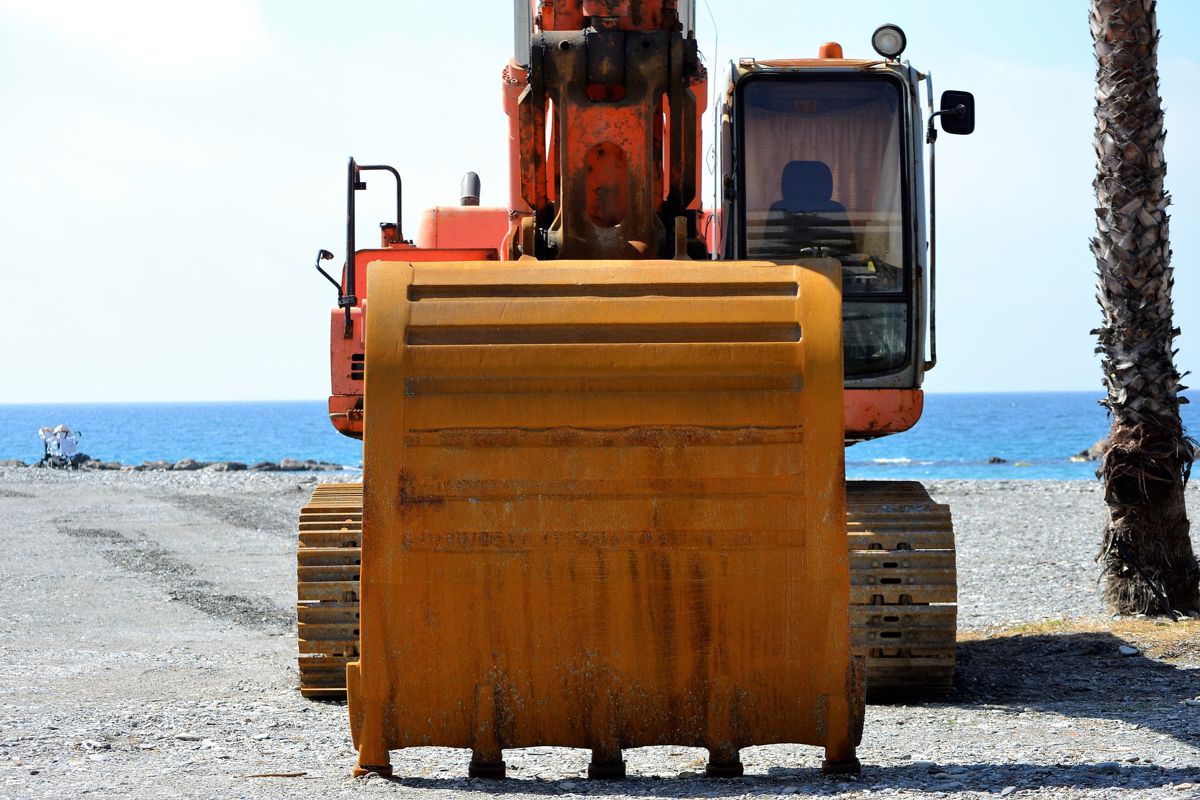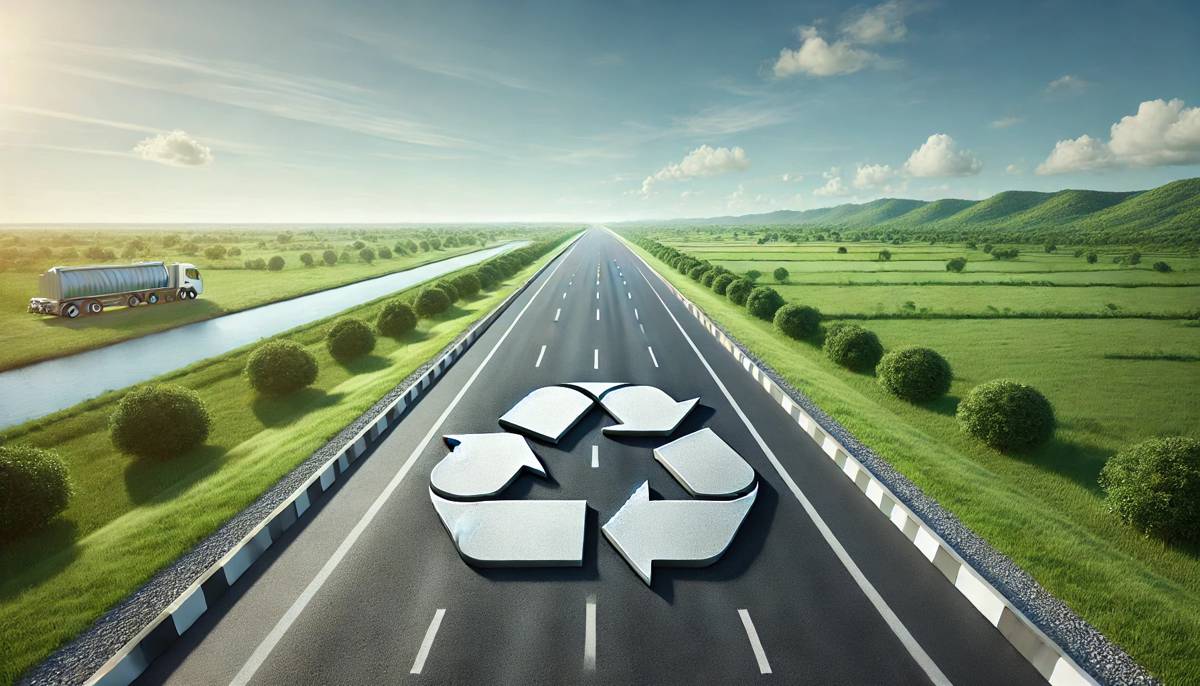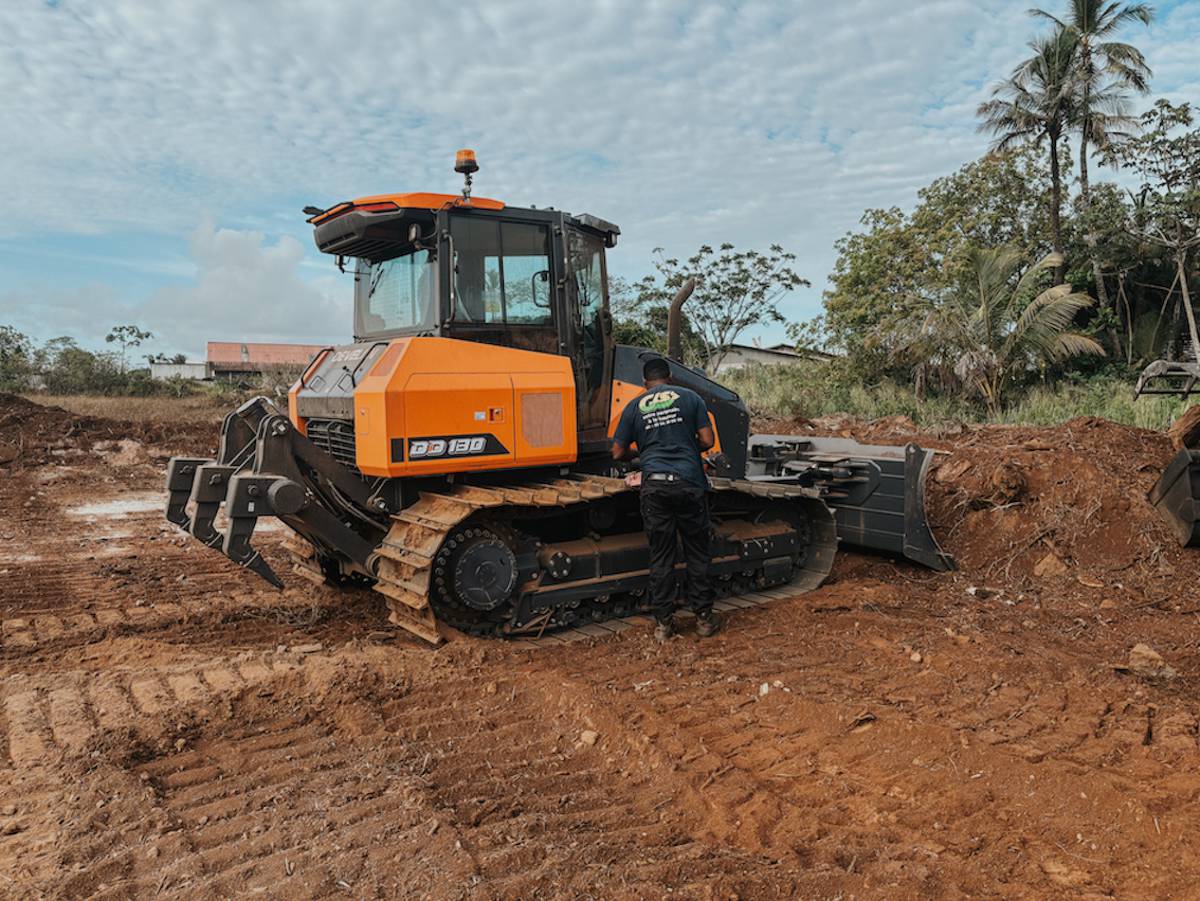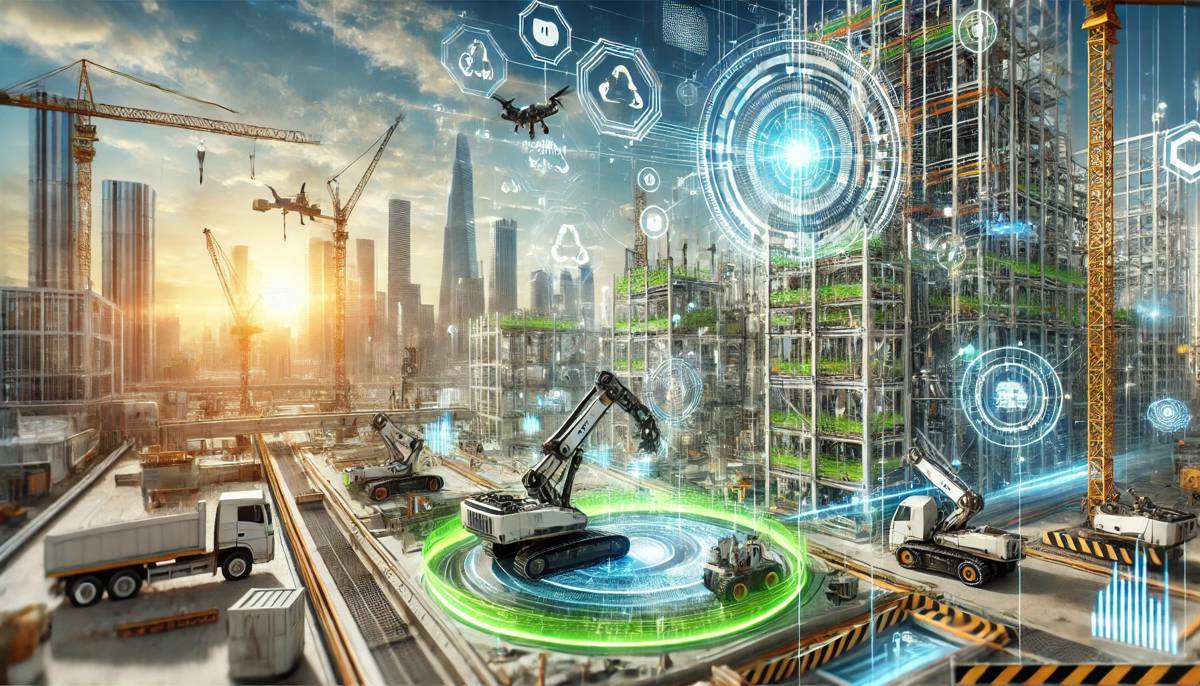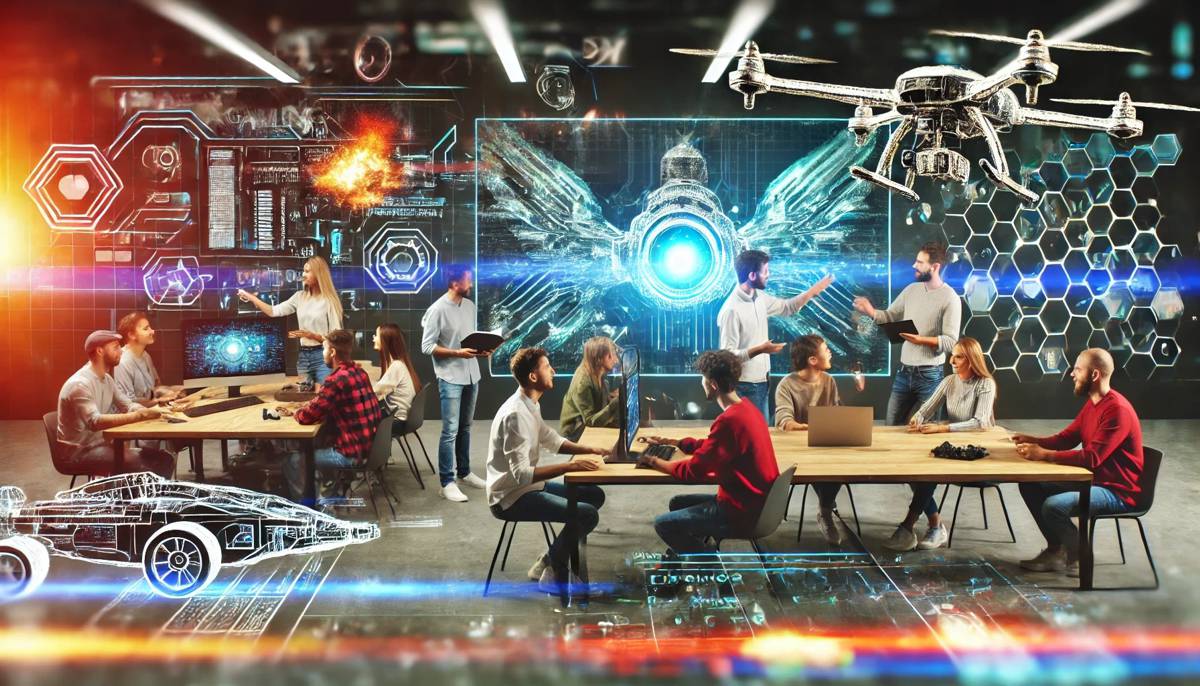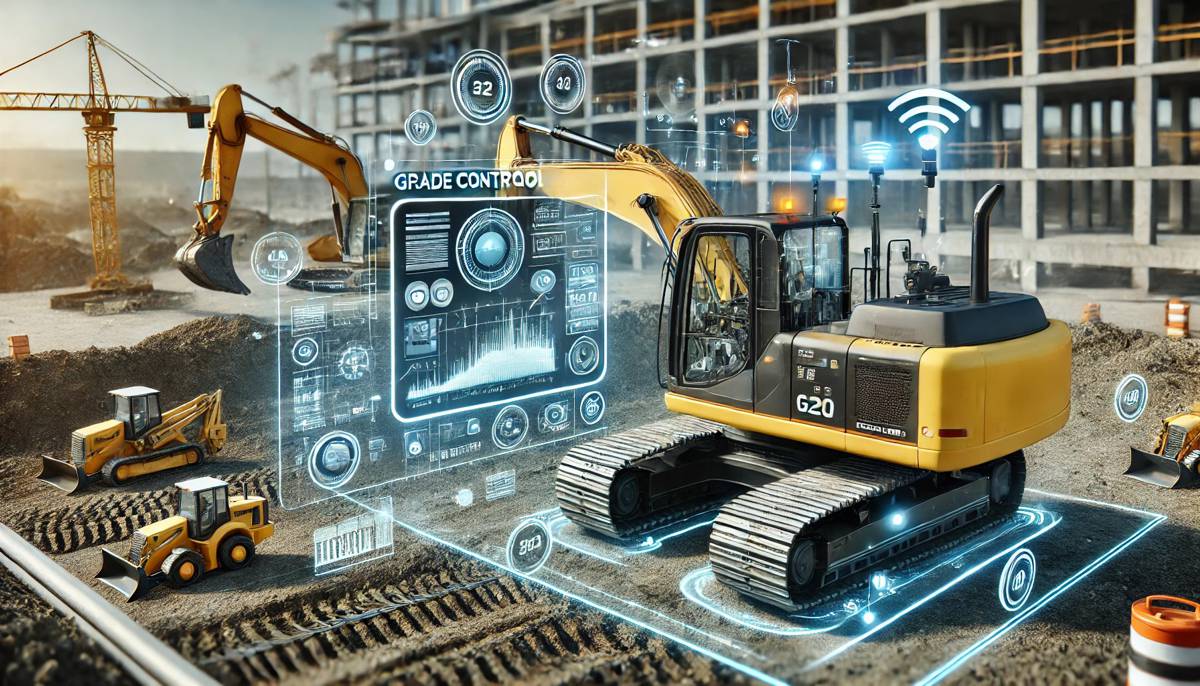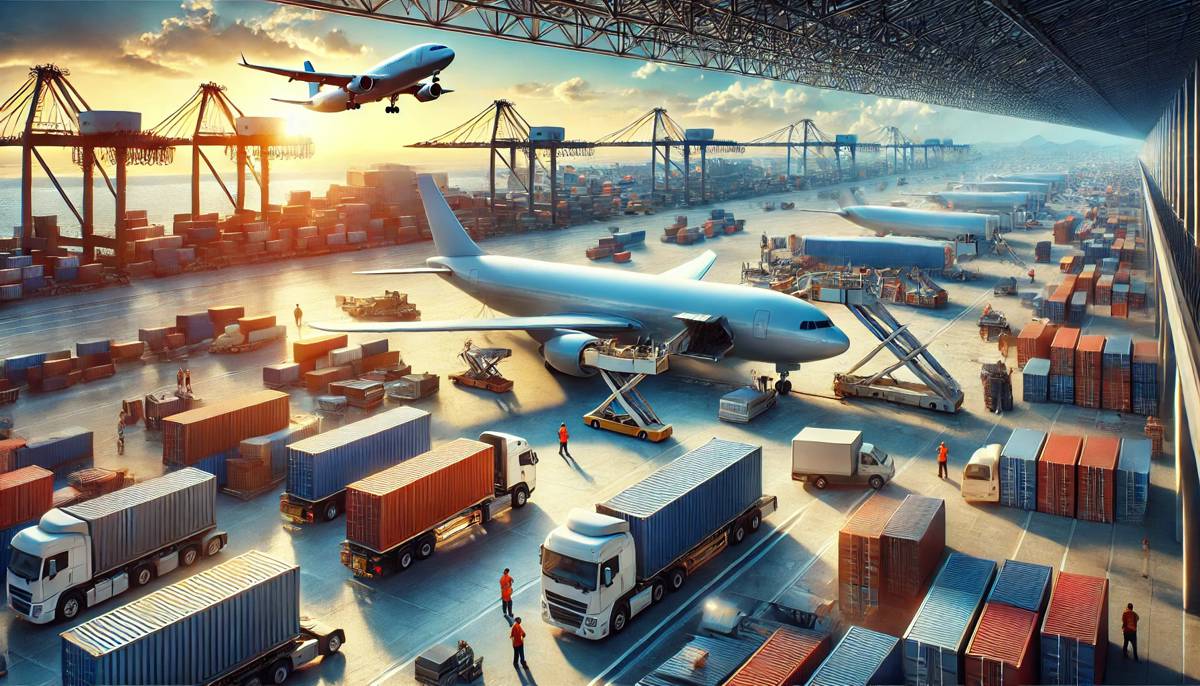Sustainability and ESG with second-hand Machinery, IIoT and Retrofits
As consumer trends shift and industries modernize, environmental, sustainability, and governance (ESG) standards no longer strictly apply to public companies trading in the stock market.
In construction, a company’s impact on the environment is scrutinized today like never before. ESG practices not only reduce global emissions and environmental effects but add value to businesses by attracting and retaining customers.
To reduce the pace of global warming, decarbonization of the industry is critical, which is why governments worldwide set net-zero 2050 goals. This means heavy goods buyers and business leaders must consider their environmental impact when purchasing machinery—and second-hand heavy machinery, Industrial Internet of Things (IIOT), and retrofits are here to help them.
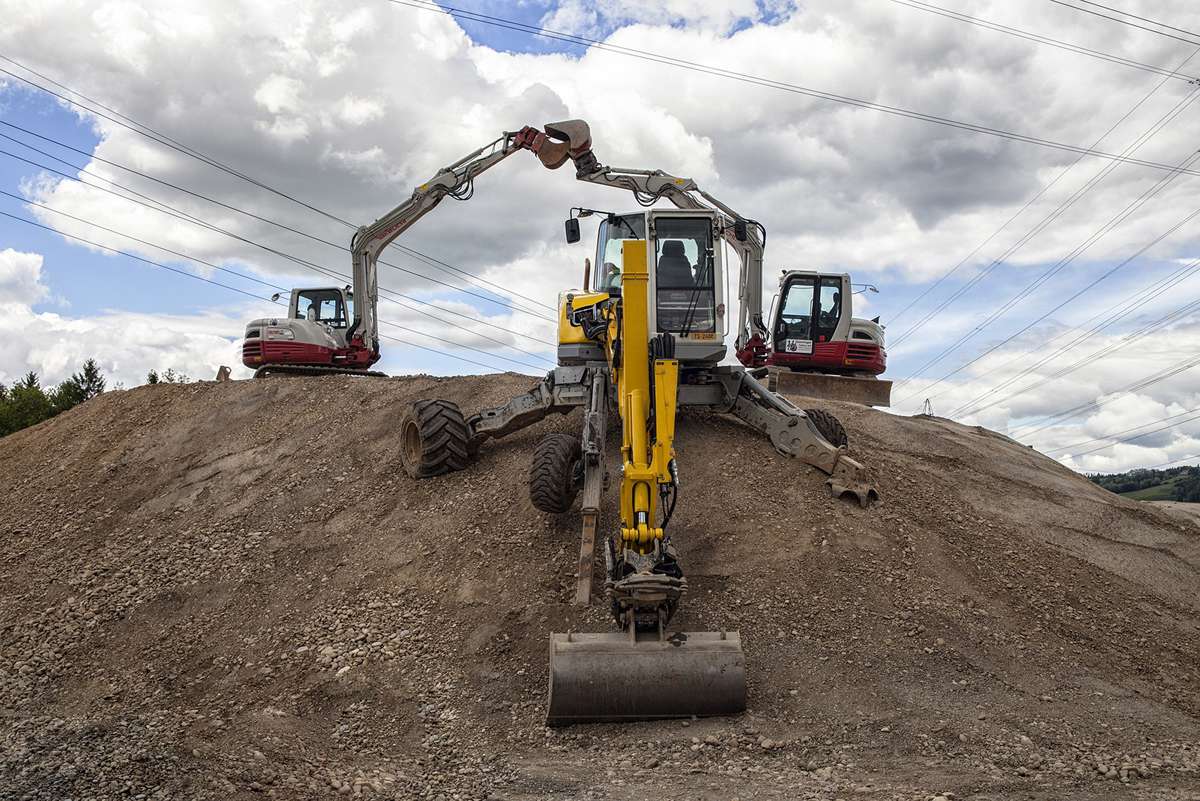
Second-Hand Equipment Meets Carbon Emissions and Decarbonization Targets
The United Nations revealed that CO2 emissions from buildings and construction hit a new high. Their 2022 Global Status Report for Buildings and Construction found that the sector accounts for over 37% of energy and process-related CO2 emissions in 2021. A significant portion of these emissions comes from using heavy machineries, such as excavators, bulldozers, cranes, and loaders, which consume large amounts of fossil fuels and generate air pollution.
How can the environmental impact of heavy machinery be reduced without compromising capital efficiency or the quality of construction projects? Second-hand machinery. By reusing existing machines instead of buying new ones, construction companies can save money, resources, and emissions while extending the lifespan of valuable assets.

Before Groundbreaking and a New Circular Economy
From raw materials need to manufacture equipment to the steel supply chain, a large percentage of the emissions a machine will produce throughout its lifetime happens before it begins operating.
Nevertheless, second-hand equipment can directly eliminate the emissions generated when building new equipment, reducing the strain on a stressed global raw material supply chain.
When companies operate second-hand machinery, they fuel a new circular economy, minimizing waste and maximizing resource efficiency by keeping products and materials in use for as long as possible.
By reusing heavy machinery, construction companies can contribute to this system by reducing their demand for new products. This creates opportunities for more sustainable businesses. Instead startups can focus on providing repair, refurbishment, or remanufacturing.
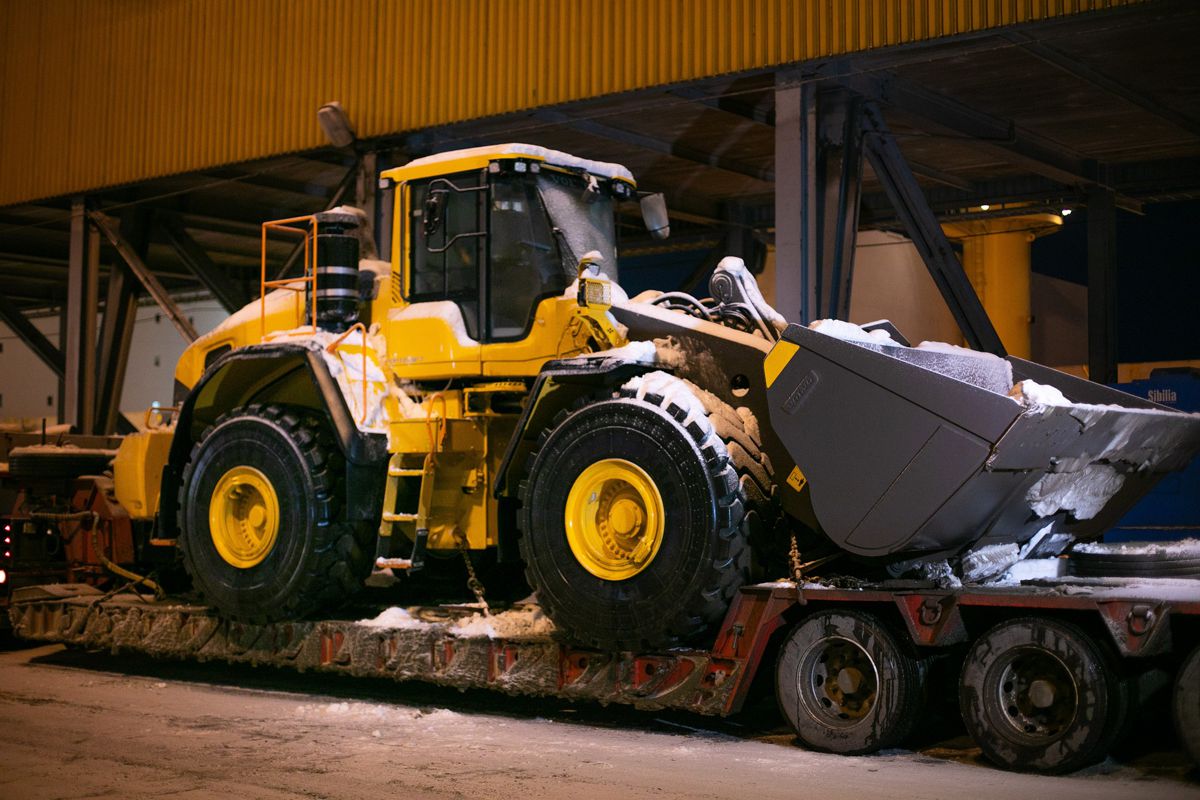
Leveraging the Fourth Industrial Revolution
While most companies turn to new data-driven operational models to leverage the latest technology, retrofitting and updating second-hand machinery using cost-efficient kits has incredible potential.
The digital transformation of the construction sector and the fourth industrial revolution is one powered by AI, cloud platforms, and automation. And contrary to what many believe. second-hand machinery can participate in this global movement as well. With smart technology such as sensors and IIOT, second-hand equipment can be modernized to support an automated, cloud-first future.
The market for IIoT heavy machinery refitting kits is in full swing. Recently, Ouster, a leading provider of high-performance lidar sensors, and Fieldin, a leading AgTech company, announced the largest known deployment of retrofit autonomy kits for heavy agricultural machines. The new offering will add more than 100 new autonomy kits to hit the market.
Other companies in this niche sector fuelling the transformation of second-hand machinery include Blue White Robotics, Komatsu, SafeAI, Caterpillar, and John Deere.
On the other hand, companies like Samsara, Microsoft Azure, and Amazon Web Services offer cloud platforms where construction enterprises can manage all their updated heavy machinery in a centralized dashboard.
Cloud platforms are also being used for maintenance. Since 2010, the U.S. Department of Energy has been signalling that a predictive maintenance plan can save industrial manufacturers 8%-12% over preventive maintenance and 30%-40% over reactive maintenance.
But IIoT systems on second-hand machinery can do much more. They can increase the visibility of their operations, enabling enhanced performance through data-driven decisions and AI automation.
These cloud platforms provided by top vendors like Microsoft, Oracle, IBM, Amazon, Samsara, and Google, can also reveal idle time, fuel consumption, schedule repairs, identify risks, prevent accidents, and run predictive analytics using big data to find new operational opportunities. A modernized second-hand machinery sector can ensure quality and safety and create standard criteria.
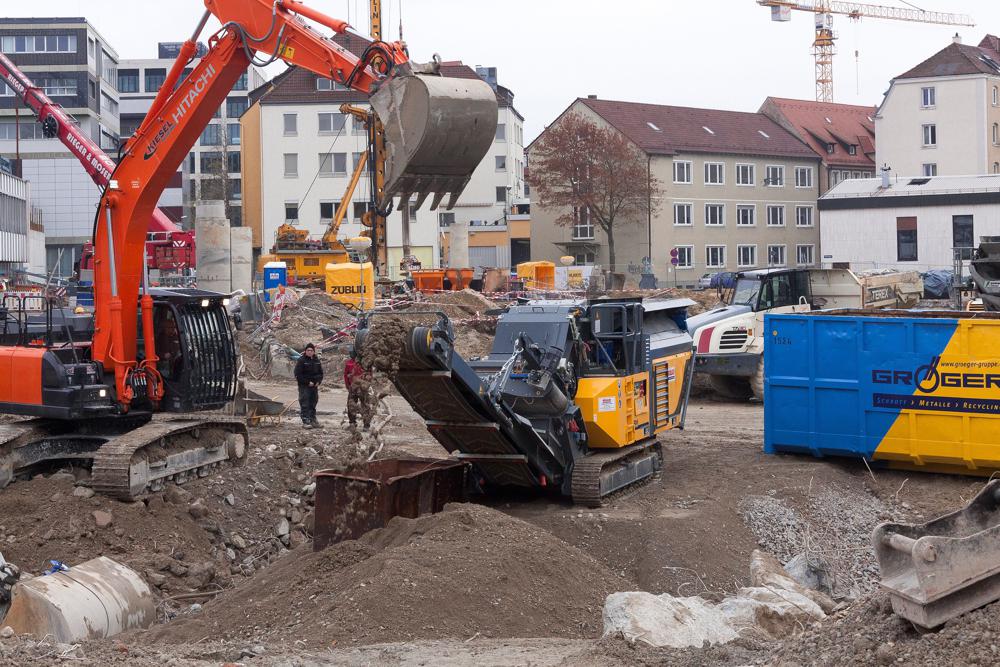
What Leaders Should Keep an Eye On
The demand for construction equipment will continue to increase as long as infrastructure development and population growth curves rise. Arizton states the U.S. used construction equipment market will reach $3 billion by 2028, selling over 47,000 units in the next five years. But second-hand machinery also comes with several challenges and barriers that must be evaluated.
For starters, when buying second-hand machinery, decision-makers should only turn to marketplaces that offer full information disclosure and have high levels of transparency.
There is often a lack of reliable and accessible data on the condition, performance, and history of second-hand machines, making it difficult for buyers to assess their quality and value. Moreover, second-hand machines often need increased standardization and certification, and the lack of available certificates creates uncertainty and distrust among buyers and sellers.
Additionally, second-hand machinery usually does not have tax deductions, subsidies, orother incentives that reduce the selling price. On the contrary, there may be barriers to second-hand machinery, including import duties, warranty issues, or safety concerns. Therefore, buyers must weigh up the long-term costs saved with better maintenance strategies versus the incentives available on new purchases.
Finally, construction stakeholders, including clients, contractors, engineers, or architects, need a fundamental shift towards a circular economy. Companies must be vocal and straightforward about the impacts of their operations environmentally. While culturally, new and shiny machinery is better perceived than used machinery, this is often due to a lack of awareness and appreciation of pre-owned equipment benefits.
To overcome challenges and barriers, construction stakeholders must have a real debate about ESG values and the role second-hand machinery can play. Collaboration and innovation that confronts the reality of the construction industry are paramount.

Final Thoughts
Industry leaders should actively participate in building a second-hand machines marketplace that facilitates the exchange of information and transactions between buyers and sellers.
Modern platforms and online second-hand heavy machinery marketplaces that provide detailed databases with verified information are also playing a leading role in the sector. They can inform potential buyers about availability, condition, performance, usage history, ratings, etc.
Using second-hand heavy machinery can be a cost-efficient, powerful way to boost sustainability and ESG values in construction while saving money and resources. However, this requires overcoming challenges and barriers currently hindering its adoption and use. By innovating and reimaging operations, stakeholders can create a more circular and sustainable industry boosting ESG and operational performance with second-hand equipment.

Article by Adam Lawrence, CEO and Co-founder of Boom & Bucket


